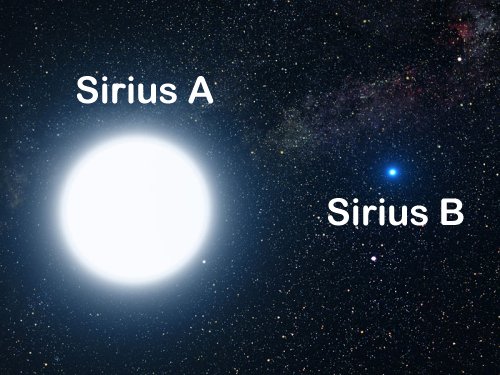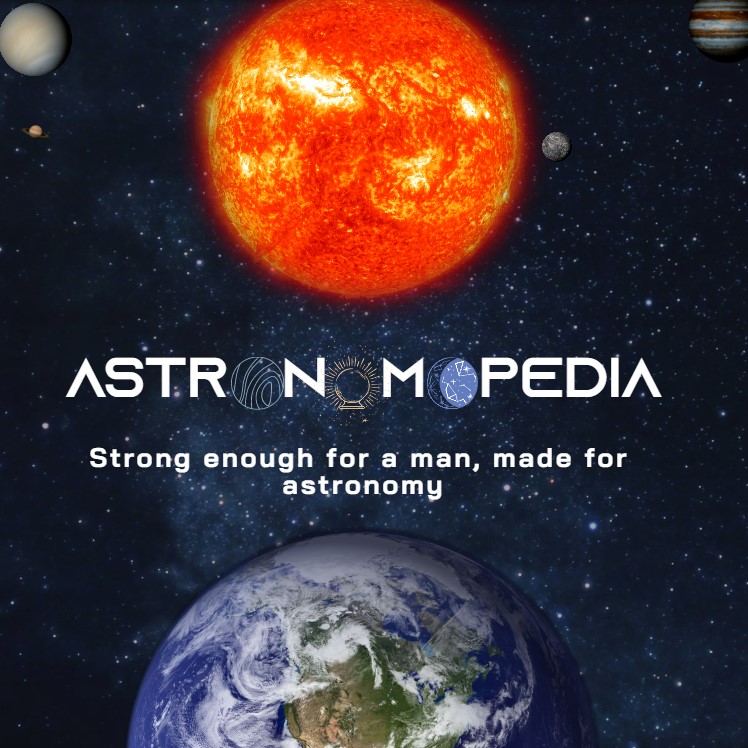

Sirius A

What is Sirius A?
Sirius A, also known as the Dog Star, is one of the brightest stars visible in Earth's night sky. It holds the distinction of being the second brightest star overall, situated within the constellation Canis Majoris. The name "Sirius" originates from the Greek word meaning "glowing." Notably, only a few celestial objects, such as the full moon, certain planets, and the International Space Station, can outshine its luminosity. Ancient civilizations, including the Greeks and Egyptians, were well aware of Sirius's brilliance and held it in high regard due to its striking brightness.
What is special about this star?
Sirius A, holds a special distinction as the brightest astronomical object visible in Earth's night sky. Its brilliance surpasses that of any other star, planet, or celestial body. Interestingly, this remarkable brightness is expected to persist for the next 210,000 years, making Sirius a captivating and enduring sight in our nighttime heavens.
Morphology
Age
The estimated age of Sirius A falls within 238 ± 13 million years.
Anatomy
Sirius A has a density of approximately 0.568 grams/cm³, and its mass is estimated to be around 2.02 ± 0.03 M☉ (2.02 ± 0.03 mass of the Sun).
Approximately 10 million years after its formation, the star's internal energy generation shifted entirely to nuclear processes. This transformation caused the core to become convective and start emitting energy through the CNO cycle.
Despite ongoing research, the exact interior structure of Sirius A remains a subject of study and exploration.
Geomorphology
Sirius A has a diameter of about 1.712 R☉ (1.712 radius of the Sun), with an approximate value of 1,191,038.4 km (740,076.950608 miles). Its vast surface area spans approximately 17,826,307,404,797.13 km² (6,882,775,767,833.3574219 miles²).
Location
Located at a distance of approximately 2.6314 parsecs (8.553 light years or 8.120x10¹³ km) from Earth, Sirius A is one of the nearest stars to our Sun, though it is not as close as Proxima Centauri, which holds the title of the closest known star to our solar system.
Luminosity
Sirius A boasts a luminosity of approximately 25.4 ± 1.3 times that of our Sun (25.4 L☉). While it holds the title of the brightest star in Earth's night sky, it's essential to note that its exceptional brightness is largely attributed to its relatively close proximity to our planet compared to other bright stars.
Physico-chemical properties
Sirius A is categorized as a metallic-line star, specifically an Am star, characterized by its spectrum exhibiting prominent absorption lines of elements heavier than helium. Notably, it possesses an iron abundance approximately 316% that of the Sun's. The star's spectral type is denoted as A0mA1 Va, indicating that its hydrogen and helium lines correspond to spectral class A1, while its absorption lines of metals align with class A0. The abundance of metals is thought to be concentrated mainly in the star's surface layers rather than being uniformly distributed throughout its entirety.
Temperature
Sirius A is characterized by an impressive temperature of approximately 10,500 K (10,226.85 °C or 18,440.33 °F).
Force fields

Gravitational force
Sirius A has a surface gravity of approximately 8.556 ± 0.010 in terms of the logarithm of Surface Gravity.
Magnetic field
Sirius A has been observed to possess a relatively low-intensity magnetic field.
Motions

Orbit
We do not have precise information on the orbital period of Sirius A around the galaxy.
Sirius A also participates in a binary orbit with its companion, Sirius B, with a period of approximately 50.075 ± 0.103 years.
Rotation
Sirius A has a projected rotational velocity of approximately 16 km/s. Although this speed is relatively high, it does not produce any significant flattening of the disk.
Systems

Solar system
Sirius A is one of the two stars in the binary star system called Sirius.
Types and Classification
Classification
Sirius A is a white main sequence star, actively fusing hydrogen to form helium in its core. Main sequence stars like Sirius A are characterized by their stable and long-lasting phase, where the energy from hydrogen fusion supports their luminosity and temperature. In contrast, red giants are stars that have depleted their hydrogen fuel and have now started fusing helium into heavier elements. White dwarfs, on the other hand, are the remnants of low-mass stars that have exhausted all their nuclear fuel. These different stages of stellar evolution provide valuable insights into the life cycles of stars.
Type
Sirius A has a spectral classification of A0mA1 Va. This classification is based on the absorption lines observed in its spectrum, indicating the presence of specific elements and their ionization states. Spectral classifications, such as O, B, A, F, G, K, M, and more, are used to categorize stars based on their surface temperature, chemical composition, and luminosity. Each spectral type represents a different range of stellar properties, providing astronomers with a systematic way to study and understand the diverse population of stars in the universe.
Author: William Homier
Editor: William Homier
Sound credit goes to Nano Vibrational Relations.
This page was last edited on 01 August 2023, at 19:35 (HAE).
Sources:

